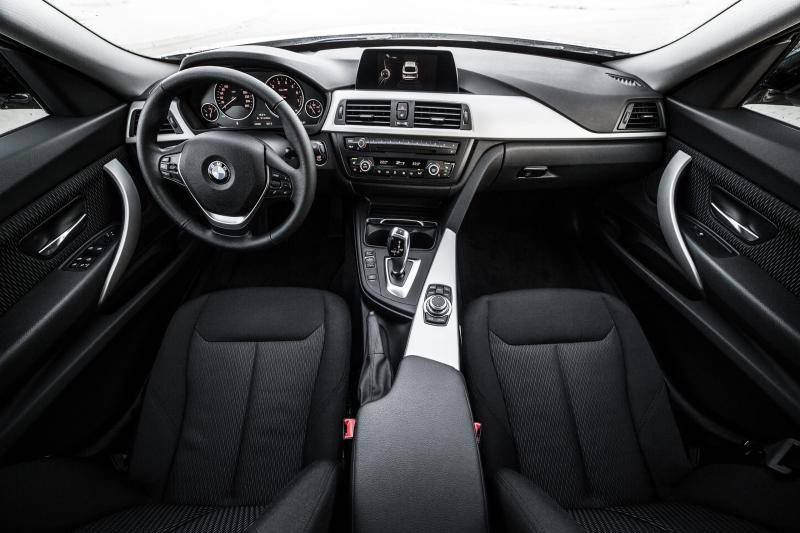Tuxera enters a new growth with a strategic rebrand and product rename of products
Tuxera is entering a new phase of focused growth, reflecting the value our embedded products and file sharing technology bring...
We are here to help
Have a question or need guidance? Whether you’re searching for resources or want to connect with an expert, we’ve got you covered. Use the search bar on the right to find what you need.


Our talk on Solving Data Storage Challenges in the Automotive Projects of Tomorrow has gathered several questions that I’d like to address.
This starts with a conversation with the memory vendor(s). They provide information in datasheets, and connecting their numbers to block sizes and then actual lifetime is pretty important math. The vendor can also help understand any firmware they have chosen for eMMC, UFS, NVMe and the like. Once your team can translate these values, you can examine write amplification and start making more comprehensive estimates. Once the design team has prototype designs available, you can start testing and simulating use cases. Be sure to factor in how the design handles under extreme conditions, where bit errors (and subsequent cleanup) can be more frequent. We provide a flash testing service that can measure this level of detail.
Security can provide both challenges and opportunities. Just as we are working in locations we didn’t expect at the beginning of the year, we are also using devices in more locations than we previously expected. The challenge is figuring out the broad range of expected and unexpected options for a design. Availability for an over-the-air update is one that we spoke of (the FCA Uconnect bug), and I expect with autonomous driving situations, many more will occur. An opportunity here is to respond to security issues with a consistent message. How to handle secure erase – from the firmware through the file system and into the application – is just one example. The flash media takes time to erase; but customers may not want the system to be unavailable while it does this work. How the system is designed to handle a power interruption and restoration during this work is also important.
Broadly speaking, there are no certified memory components available. The biggest hurdle is determinism, because NAND media write times can vary with prior conditions and even the age of the part. While bit error correction, properly handled, should always return a complete block of data, we have also seen situations where that data is valid, but stale – part of a previous system state. Media redundancy could be an option to solve this sort of problem. On properly functioning media, the next step is the file system. This can be built into the operating system or added later. Great strides are being made towards certification at this level, with solid designs and traceable testing. A related trend is tracking the process through methods like Automotive SPICE.
During this session, we spoke about situations where programs and applications were writing more to the media than originally expected – Tesla and the desktop Spotify bug. I think it’s crucial to guard against the unknown future. This could perhaps be done by the hypervisor, limiting what a given guest OS is able to write, or at the level of the operating system (especially Android). File systems could play their part by utilizing a quota system or the like. To an extent, this is a lifetime challenge, and I would prioritize this detail above all. As my colleague writes, cars aren’t cell phones, and most consumers won’t stand for a cell-phone like lifetime from any vehicle. Other challenges include new technologies, security, and multi-channel multithreaded access from many applications and devices. I think some progress will be made on these in the next year, but they aren’t quite as crucial as preventing future failures from unknown applications.
When it comes to automotive file system challenges, data corruption is something we’ve had plenty of experience in tackling. I’ve written a whitepaper on this very issue, in which I talk about some of the ways we at Tuxera approach data corruption, including (but not limited to) issues in automotive systems. Read the whitepaper here.
Thank you once again for the interesting questions. Hopefully my answers have helped shed new light onto automotive file systems. And please enjoy the whitepaper.
Let us help you solve your data storage challenges.
Suggested content for: